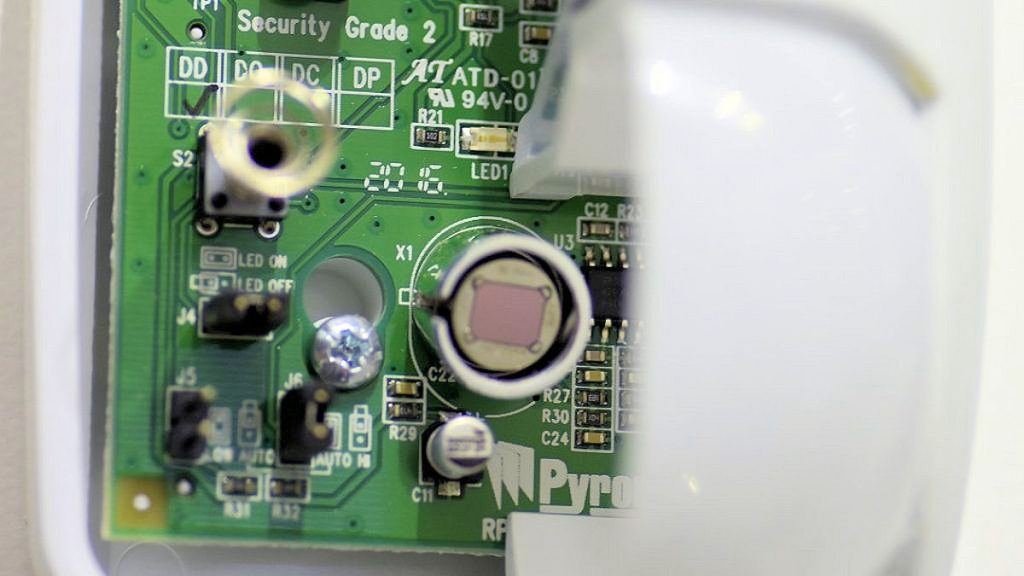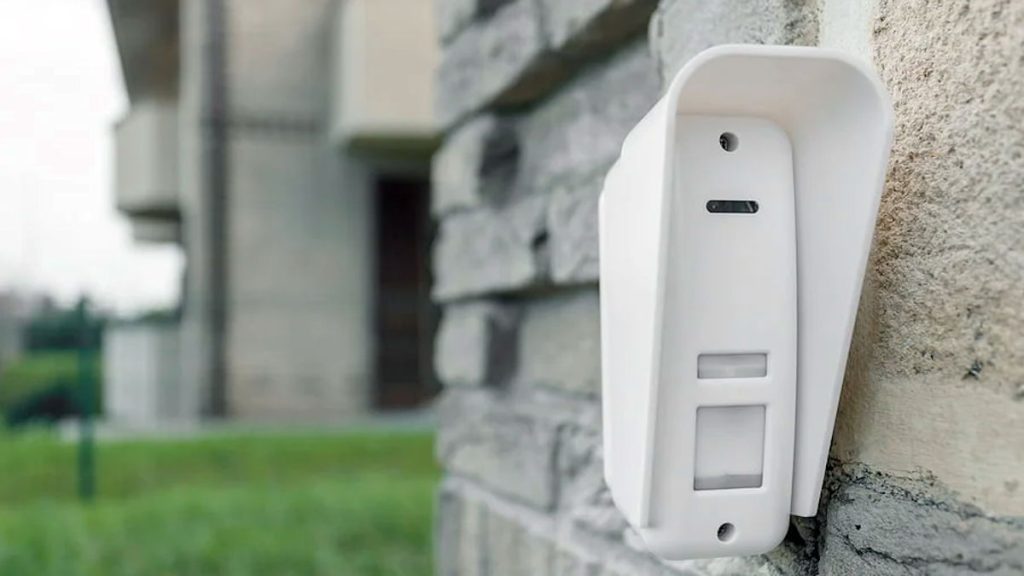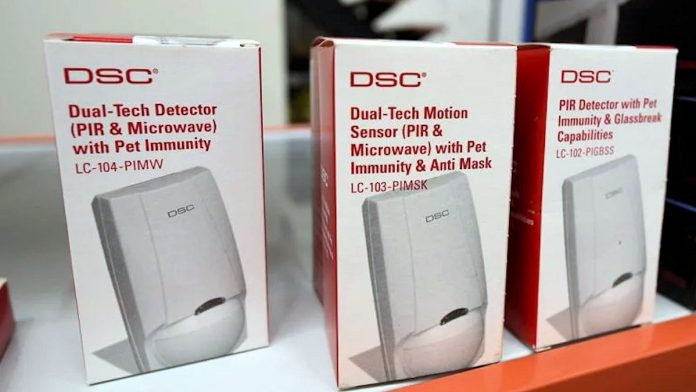Microwave vs PIR – Which Is Harder To Defeat?
Microwave vs PIR – Which is harder to defeat and which suffers more from false alarms, microwave or PIR sensor technology?
We’d argue that defeating a well-sited and well-designed alarm sensor that uses either PIR or microwave technology is going to be difficult, but that microwave is going to be harder to get around.
Having attempted to creep up on a high end Aritech microwave sensor in the past we found that the strength of Doppler technology – it detects movement towards or away from the sensor – made the task very difficult, even when on the floor inching forward via tummy.
PIR sensors detect movement crossing detection zones at right angles, so it’s theoretically possible to advance up a void in their detection pattern, though a well-designed lens will certainly seek to make this as difficult as possible.
We’ve never tried sneaking up on a PIR using a thermal shield but techs report this is possible. For this reason, detection should be overlapping and multiple technologies and sensor types – including reeds and vibration sensors – should be preferred.

Microwave vs PIR – Which Is Harder To Defeat?
When it comes to false alarms, we’d say both these technologies have their vagaries. Each can be impacted by small animals close to the lens and both can be impacted by mechanical movement in their environment, but these technologies have different strengths and weaknesses.
For instance, a microwave might be impacted by vibration, environmental radar, moving objects and fluorescent lights, and movement outside the target area, but it will not be impacted by humidity, thermal variation, or airborne dust.
Conversely, a PIR may be impacted by high humidity, can be impacted by fast thermal variation and may be impacted by moving air, or airborne dust on its sensor. A PIR will not false alarm if there’s movement outside the protected area.
A tech might argue that the best solution is a dual technology sensor and there’s a certain amount of truth in this assumption. That said, in a dual technology circuit both sensors must activate around the same time, so if the microwave portion detects a creeping intruder but the PIR’s pyroelectric sensor registers no voltage, there will not be an alarm event signalled.
We’d argue dual technology sensors may be less sensitive to particular kinds of intrusion, but they will be more stable given the likelihood only 1 sensor will be typically be impacted by stimuli that could lead to a false alarm.
When it comes to system design it’s possible to take advantage of the strengths of each sensor technology to enhance sensitivity and catch rate across an application.
You can also use dual technology sensors in more challenging areas and vibration or reed switches to monitor entry points and key internal doors that are not access controlled.
Pay attention to sensor design and sensor quality. There are increasing numbers of dual sensor PIRs on the market with very basic sensor and lens designs. These will not prove as reliable in challenging situations as expertly-designed quads.
You can find out more about alarm sensors here or read more SEN news here.
“Microwave vs PIR – Which Is Harder To Defeat?”









